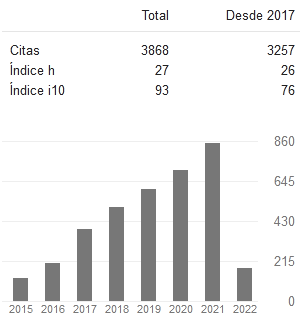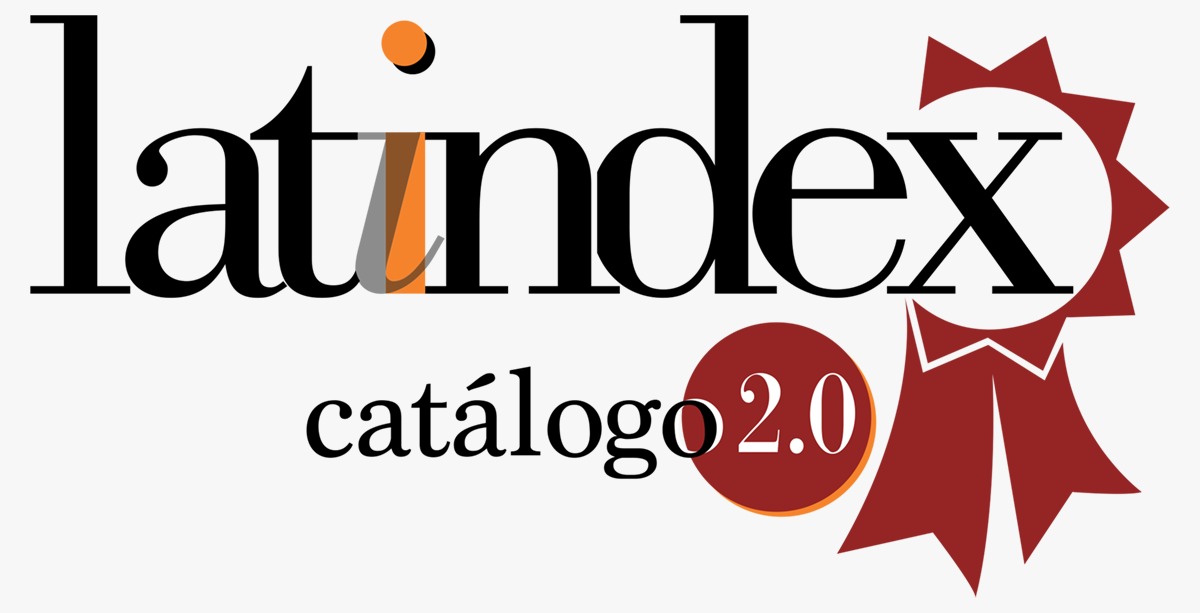Community Resilience Plan in Consolación del Sur: Contributions from the University
Keywords:
action plan, Community resilience, vulnerabilities.Abstract
In the current context of accelerated climate change and population growth, the current trend of large and frequent disasters is expected to increase in the foreseeable future. To mitigate this trend, increasing Disaster Resilience is essential to reduce the potential impact of humanitarian crises on the poorest communities that are disproportionately affected by these disasters and are even more acute in the current times of the COVID pandemic. Cuba is not exempt from this, human beings can do very little or almost nothing to change the incidence or intensity of most natural phenomena, but, instead, they can take precautions so that natural events do not become disasters due to to their own actions and omissions, hence the importance of implementing a community resilience plan in the municipality of Consolación del Sur, Pinar del Río, Cuba, with the participation of all factors, from the University. For this, workshops were held in vulnerable communities to diagnose the main vulnerabilities, interviews, surveys and observation were carried out to refine the action plan. All this has contributed to the understanding, from Popular Environmental Education, of a systemic and integrating vision of environmental problems and the prospective capacity to visualize sustainable future situations and scenarios based on resilience actions that allow mitigating the effects of climate change through the transformation of the modes of action of the population.
Downloads
References
Casimiro Rodríguez, L., Casimiro González, J. A., Suárez Hernández, J., Martín Martín,
G. J., Navarro Boulandier, M., y Rodríguez Delgado, I. (2020). Evaluación de la Resiliencia socioecológica en escenarios de agricultura familiar en cinco provincias de Cuba. Pastos y Forrajes, 43(4), 304-314. Recuperado de http://scielo.sld.cu/scielo.php?script=sci_arttext&pid=S0864-
&lng=es&tlng=es
Estrategia Municipal Ambiental 2021-2030 (EMA). (2021). Ministerio de Ciencia,
Tecnología y Medio Ambiente (CITMA). Consolación del Sur. Pinar del Río. Cuba.
García Vesga, M. C. y Domínguez de la Ossa, E. (2013). Desarrollo teórico de la Resiliencia y su aplicación en situaciones adversas: Una revisión analítica. Revista Latinoamericana de Ciencias Sociales, Niñez y Juventud, 11 (1), pp. 63-77.
Glosario de Términos del Sistema de la Defensa Civil. Cuba. (2017). Recuperado de http://www.redciencia.cu/uploads/protegete/2017_Glosario_Defensa_Civil.pdf
GOAL. Organización Humanitaria Internacional. (2015).Herramienta para medir la Resiliencia comunitaria ante desastres. Guía metodológica. Recuperado de https://dipecholac.net/docs/herramientas-proyecto-dipecho/honduras/Guia-
Medicion-de-Resiliencia.pdf
GOAL. Organización Humanitaria Internacional. (2019). La Resiliencia en el ámbito de la
Comunidad. Como construir la Resiliencia Comunitaria. Soluciones prácticas.
Recuperado de http://www.goalglobal.org
Hardy Casado, V., Cuevas Muñiz, A., y Gallardo Milanés, O. (2019). Aprendizaje y Resiliencia en la gestión local de riesgos de desastres. LUZ, 18(2), 42-52.
Recuperado de https://luz.uho.edu.cu/index.php/luz/article/view/965
Resiliencia en tiempos de coronavirus. (2020). Diario El Correo, S.A. Sociedad
Unipersonal.Recuperadodehttps://www.elcorreo.com/sociedad/salud/imq/resiliencia- tiempos-coronavirus-20200328123139-nt.html
Suárez, E. N. & Melillo, A. (2005). Resiliencia: Descubriendo las propias fortalezas.
Buenos Aires: Paidós.
Twigg, John. “Características de una Comunidad Resiliente antes Desastres”: Nota Guía” Versión 1, Inglaterra, 2007.
Downloads
Published
How to Cite
Conference Proceedings Volume
Section
ARK
License
Copyright (c) 2025 Reina Maria Rodríguez García , Juan Carlos Hernández Martín, Ana Cristina Pérez Hernández

This work is licensed under a Creative Commons Attribution 4.0 International License.
Usted es libre de:
- Compartir — copiar y redistribuir el material en cualquier medio o formato
- Adaptar — remezclar, transformar y construir a partir del material para cualquier propósito, incluso comercialmente.
Bajo los siguientes términos:
- Atribución — Usted debe dar crédito de manera adecuada, brindar un enlace a la licencia, e indicar si se han realizado cambios. Puede hacerlo en cualquier forma razonable, pero no de forma tal que sugiera que usted o su uso tienen el apoyo de la licenciante.
- No hay restricciones adicionales — No puede aplicar términos legales ni medidas tecnológicas que restrinjan legalmente a otras a hacer cualquier uso permitido por la licencia.













































